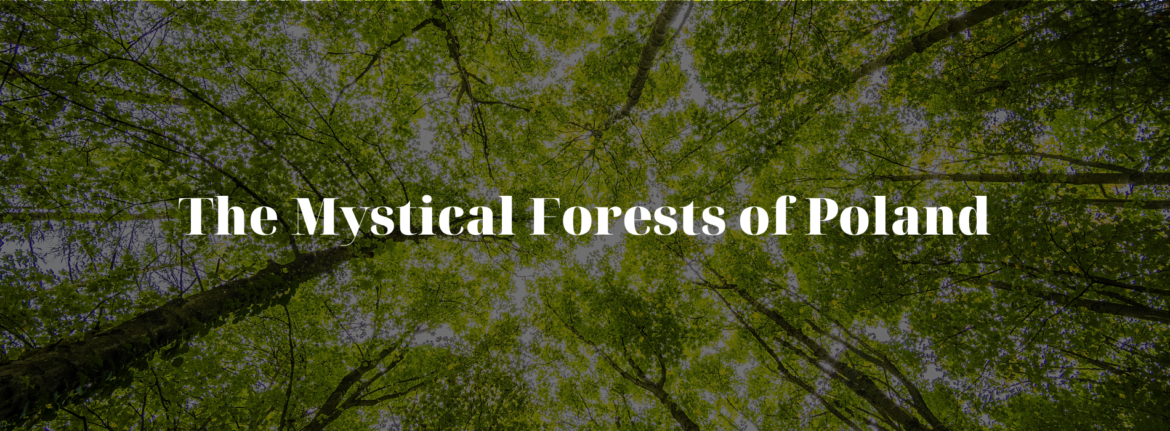Poland, a country with a rich tapestry of history and culture, is also home to some of Europe’s most enchanting forests. These woodlands, which cover approximately 38.5% of the nation’s territory, are not just expanses of trees but are intertwined with the country’s history, folklore, and traditions.
The vast expanses of green are predominantly state-owned, and their coverage is on an upward trajectory. By 2035, it’s anticipated that the forested regions of Poland will span between 42-46% of the country. The densest forested regions are found in the western and northern parts, as well as the majestic Carpathian Mountains in the south. Regions like the Lubusz Voivodeship, Subcarpathian Voivodeship, and Pomeranian Voivodeship stand out as the greenest administrative districts.
Historical records indicate that by the close of the 18th century, forests enveloped around 40% of Poland. However, the subsequent centuries, marked by the partitions of Poland and the ravages of World War II, saw this number plummet to a mere 21% by 1946. The war not only led to the felling of trees for battle needs but also saw the rich deciduous trees being replaced with fast-growing coniferous varieties like pine. Recognizing the ecological and cultural significance of these forests, post-war Poland embarked on an ambitious National Plan of Afforestation. This initiative bore fruit, and by 1970, the forest cover had rebounded to 29%.
But Poland’s forests are more than just statistics and percentages. They are repositories of stories, legends, and ways of life. Until the 18th Century, these dense woods were often perceived as realms of danger, believed to be the abode of bandits and malevolent spirits. Yet, they also provided refuge to woodsmen and their families. These forest-dwellers, over generations, carved out a unique existence, relying on the forest for everything from pitch resin, used for city street illumination, to food and clothing. Their isolation gave birth to distinct cultures, dialects, and traditions. A notable example is the Kurpie people from the White Wilderness (Puszcza Biała) and the Green Wilderness, who even today, celebrate their forest-rooted heritage.
Some of the forest jewels of Poland include:
– Puszcza Augustowska: A pristine wilderness that also encompasses the serene Perkuć Reserve.
– Puszcza Biała: A forest steeped in Masovian culture and history.
– Białowieża Forest: A UNESCO World Heritage Site, this primeval forest is a sanctuary for the European bison.
– Puszcza Borecka: A tranquil forest near Borki, echoing with the whispers of ancient trees.
– Puszcza Bukowa: Close to Szczecin, this forest is a haven of beech trees.
– Puszcza Bydgoska: A sprawling woodland near Bydgoszcz, it’s a testament to nature’s grandeur.
– Bory Dolnośląskie: This Lower Silesian wilderness is a mosaic of flora and fauna.
– Puszcza Kampinoska: Located a stone’s throw from Warsaw, it’s a green lung for the capital.
– Knyszyn Forest: A landscape park that’s a visual treat.
– Puszcza Kurpiowska: A blend of Puszcza Biała and Puszcza Zielona, it’s a region rich in folklore and traditions.
These mystical forests of Poland are not just ecological treasures but are also steeped in legends, tales, and history. They beckon travelers with their serene trails, ancient trees, and the promise of stories waiting to be discovered.
